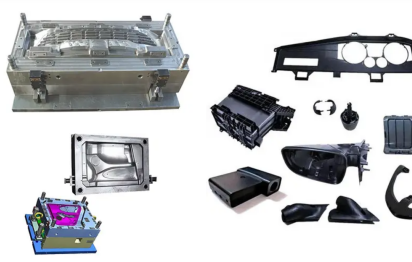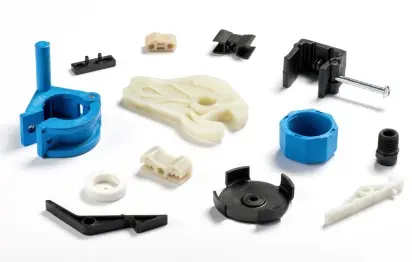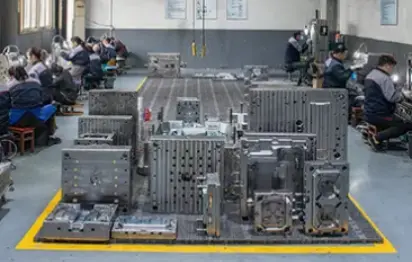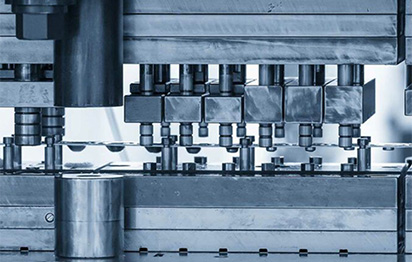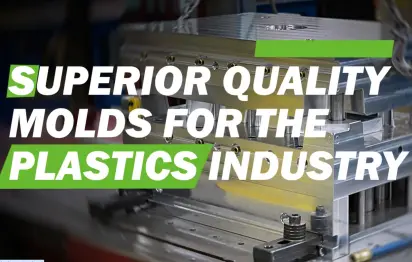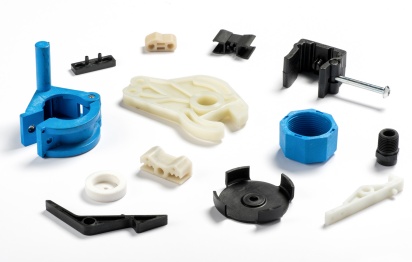Effective Mold Maintenance Tips to Extend Service Life
Mold maintenance is a critical aspect to ensure the longevity and performance of Injection Molds. Proper maintenance not only extends the service life of the mold but also contributes to improved product quality and reduced production costs. In this blog, we will explore a comprehensive set of mold maintenance tips that encompass various aspects of mold care and upkeep. By implementing these tips, manufacturers can effectively extend the life of the molds, improve production efficiency, and elevate the overall quality of their products.
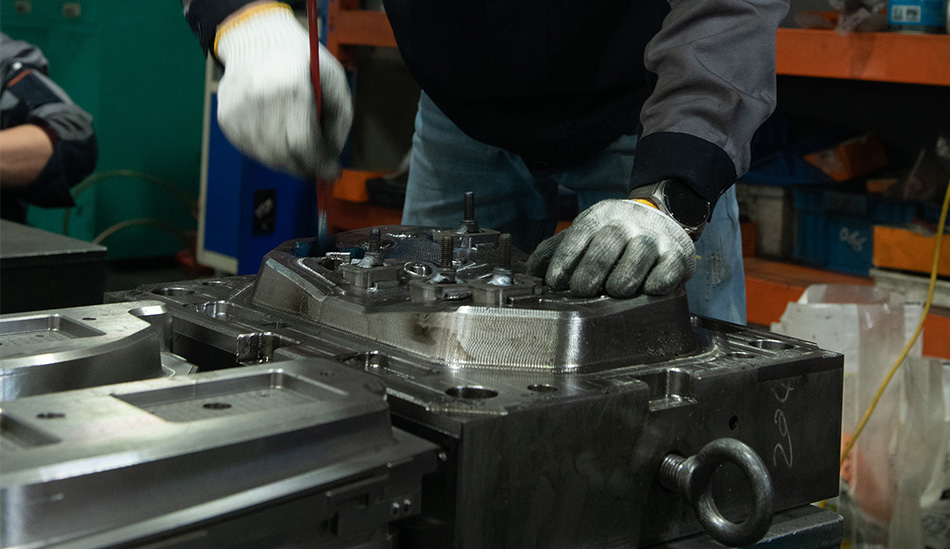
1. Choose the Right Molding Equipment and Process Conditions
Selecting the appropriate molding equipment and ensuring that the process conditions align with the requirements of the mold is fundamental to prevent damage due to improper adjustment of the clamping force. It is essential to verify that the Injection Molding machine meets the specifications of the mold to avoid potential issues that may arise from equipment mismatch.
2. Perform Empty Mold Operation
After installing the mold on the injection molding machine, conducting an empty mold operation is crucial to validate the normal functioning of all components. This step allows for the identification of any irregularities or malfunctions before the actual production process begins, thereby preventing potential damage to the mold.
3. Maintain Normal Working Temperature
Keeping the mold at a consistent and appropriate temperature during operation is essential for extending its service life. Fluctuations in temperature can lead to thermal stress and degradation of the mold, emphasizing the importance of maintaining optimal working conditions.
4. Regular Lubrication
The sliding parts of the mold necessitate regular inspection and timely lubrication, especially in high-temperature environments. Proper lubrication mitigates friction and wear, contributing to the longevity of the mold components.
5. Clean the Cavity
Prior to each clamping, it is imperative to ensure that the cavity is free from residual products or foreign matter. Utilizing soft materials for cleaning and avoiding the use of hard tools is essential to prevent damage to the cavity surface.
6. Cavity Surface Protection
For molds with stringent surface roughness requirements, employing compressed air or high-grade absorbent cotton dipped in alcohol for gentle cleaning is recommended. Avoiding manual wiping or the use of abrasive materials is essential to preserving the integrity of the cavity surface.
7. Regular Cavity Cleaning
Injection molds may generate low molecular compounds during the molding process, leading to potential corrosion of the cavity. Regular cleaning of the cavity is essential to prevent the accumulation of these compounds and maintain the function of the mold.
8. Rust Prevention
Applying anti-rust oil or mold release agent on the cavity and core surfaces, especially during prolonged machine downtime or in humid environments, is essential to prevent oxidation and rust.
9. Correct Usage of the Mold
Adhering to the design specifications and operating procedures when using the mold is imperative to prevent damage caused by overload or incorrect operation. Proper handling and usage contribute significantly to the longevity of the mold.
10. Proper Mold Storage
Unused molds should be stored in a suitable environment to prevent moisture, direct sunlight exposure, and potential collisions. Proper storage protects the mold from adverse environmental effects and minimizes the risk of damage.
11. Regular Mold Inspection
Conducting comprehensive inspections of the mold and addressing any issues promptly are essential for preventing potential problems from escalating. Timely intervention can significantly extend the service life of the mold.
12. Cleaning Procedures
Regular cleaning of the mold is essential to prevent the accumulation of plastic residues or impurities that may compromise the quality of the molded products.
13. Timely Damage Repair
Timely identifying and addressing mold damage or wear is essential for preserving the mold's longevity and functionality. Prompt repairs contribute to the sustained performance of the mold.
14. Adequate Lubrication
Regular lubrication and maintenance of the mold components are essential to reduce friction and wear, thereby extending the mold's service life.
15. Monitoring Production Conditions
Regular monitoring of process variables such as temperature, pressure, and flow rate, along with the implementation of a process monitoring system, is essential for enhancing production efficiency and prolonging the mold's life.
16. Proper Mold Storage
Storing the mold in a controlled environment free of dust and debris, and maintaining optimal temperature and humidity levels, is essential for preventing damage to the mold.
17. Application of Rust Inhibitor
Applying a rust inhibitor on the mold surface forms a protective film that safeguards the mold from oxidation and rust, contributing to its longevity.
18. Regular Maintenance and Care
Consistent cleaning and maintenance of the mold surface to remove dirt and moisture are essential for preserving the mold's functionality and extending its service life.
By incorporating these comprehensive mold maintenance tips into your operations, you can effectively extend the life of the mold, reduce production costs, and enhance product quality. Regular maintenance and care are essential for preserving the integrity and performance of injection molds, which ultimately contributes to the overall success of manufacturing processes.







